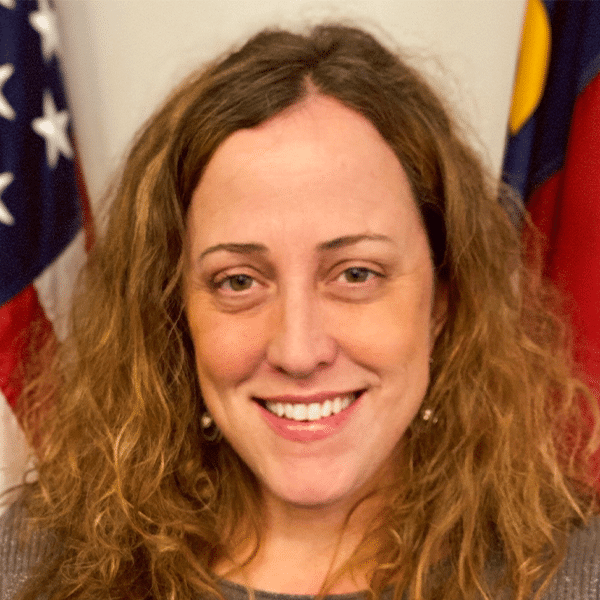In a nation where some states didn’t have broadband offices until a year or so ago, North Carolina and the state’s director of broadband infrastructure, Angela “Angie” Bailey, are relative broadband veterans.
The state has been involved in broadband for 20 years and Bailey has been the broadband director since 2021 — a heritage that should benefit the state as the $42.5 billion Broadband Equity, Access, and Deployment (BEAD) rural broadband funding program unfolds.
“We have the second largest rural population after Texas,” Bailey told Telecompetitor in an interview. “We have had a focus on rural economic development for decades, and we’re really fortunate to have that foundation.”
Beginning in 2018, North Carolina allocated $15 million per year for broadband, Bailey explained. In 2021, she said, the state allocated $1 billion of federal funding from the American Rescue Plan Act (ARPA) to broadband.
Leveraging these funds, the state created four broadband programs: GREAT, CAB, Stop Gap, and pole replacement.
Both the GREAT program (for Growing Rural Economies with Access to Technology) and the CAB program (for Completing Access to Broadband) provide funding to cover some of the costs of deploying broadband in unserved and underserved areas of the state.
The key difference, Bailey explained, is that the CAB program was administered in coordination with individual counties. The counties contributed funding and were involved in evaluating applications.
The state has awarded all the GREAT funding and most of the CABS funding, but still has about $283 million in CAB funds remaining to be awarded.
The pole replacement program is a rolling reimbursement program for qualified applicants. The Stop Gap program provides funding for line extensions and funds for applicants for the CAB program.
North Carolina Broadband Heritage
Another area where North Carolina’s head start on broadband may have been beneficial is that the state filed challenges to FCC broadband map data in time to have an impact on its BEAD allocation — something not all states were able to do.
“We have a big focus on data,” said Bailey.
As a result of North Carolina’s challenge, NTIA made an additional 115,000 locations in the state eligible for BEAD funding, which, in turn, helped determine the relatively large $1.5 billion BEAD allocation that NTIA made to the state.
Like some other states that made successful BEAD challenges, North Carolina expects all eligible locations to have broadband available to them when the program is completed.
“In North Carolina, with our ARPA and BEAD allocation, we anticipate having enough funding to reach all unserved and underserved locations, mostly with fiber,” Bailey said.
As of December 2023, the state had 380,000 locations eligible for BEAD, but, as Bailey noted, “the fabric is evolving, and availability data is evolving.”
Getting Set for BEAD
North Carolina’s 20-person broadband office is now gearing up for BEAD, as well as continuing to administer the existing funding programs.
Getting broadband to everyone will only be possible if at least one network operator bids for every eligible location, and whether that happens will depend, in large part, on how project areas are defined.
The state plans to use hexbins for project areas, most likely Level 7 hexbins. The hexbin approach divides geographic areas into hexagons.
“We believe this approach of smaller, more customized project areas will allow a wider range of broadband providers to participate and be awarded and will ensure more customized solutions across the state,” said Bailey.
Applicants will have the option of identifying outliers “for consideration to aid in determining the extremely high cost-per-location threshold,” she noted.
NTIA guidelines prioritize fiber broadband deployments but allow providers to use alternative technologies such as fixed wireless in extremely high-cost areas.
North Carolina plans to do multiple BEAD funding rounds.
“Multiple rounds will be necessary to get all the funding awarded,” Bailey said.
The state aims to launch the BEAD program in early 2025 and to see deployments begin in late 2025 or early 2026, she said.
Although the BEAD program has received some criticism from people who argue that it is taking too long, Bailey said, “We know locations are waiting for broadband, but we can’t rush the process.
“We need the time to develop the program, and we need the time for providers to develop their projects. It’s a once-in-a-lifetime opportunity and investment for the state, and it takes some time to get it right.”
Additional information about North Carolina broadband, including links to state funding resources, awards made, state specific Telecompetitor coverage, and more, can be found on the Telecompetitor Broadband Nation webpage for the state.



